Cream roses: description of varieties and use in landscape design

Cream roses can be found in gardens around the world. Due to their rare colors, excellent aesthetics and aroma, they are classified as the most beautiful varieties. Such unusual flowers were bred in the 17th century by Chinese florists when they crossed pink and light tea roses, but today the decorative qualities of the plant have been improved, and it can be grown both in private plots outside the city and in parks.
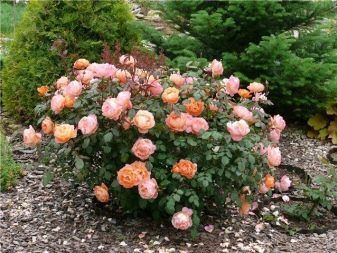
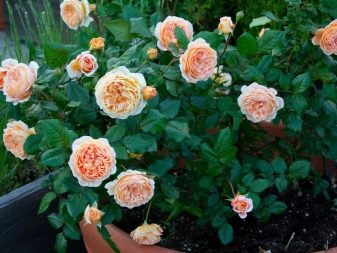
Description
Roses with a creamy shade are classified as picturesque varieties of flowers; their main feature is the dark cream color of the petals, which often has a pink tint in the middle of the bud. These bush varieties are well suited for cutting and landscaping in landscaping. Roses look especially exquisite during the flowering period, when they delight with their unusual color and delicate aroma. Plants are characterized by medium frost resistance.
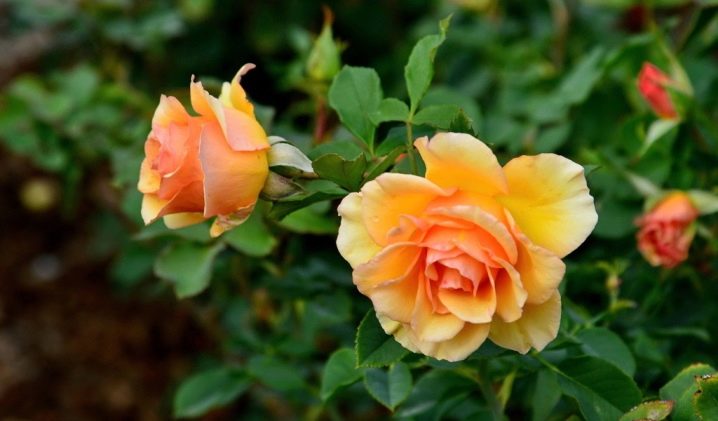
Almost all varieties of cream roses are branched plants that, in the process of development, form a tall oval-shaped bush, some species reach a height of 1.2 m, others 1.8 m and more. The branches of roses are arched, strong, have few thorns. The buds are terry and are collected from 50 petals, their diameter does not exceed 10 cm.
Variety of varieties
There are many types of cream roses, each with its own visual qualities and characteristics. The best varieties of flowers include the following varieties.
- Louis de Funes. These are small pink-cream flowers with a pleasant aroma. Rose bushes are slightly spreading and tall, they are perfectly adapted to various climatic conditions and are unpretentious in care.
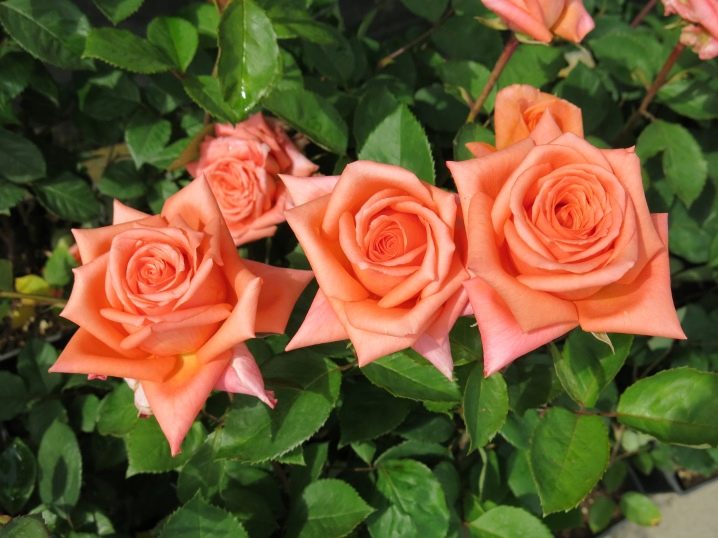
- Bela Pearl. It is characterized by beautiful medium-sized buds with a pink rim on the edges of the petals. These roses look gorgeous in gardens, are disease resistant and bloom throughout the season.
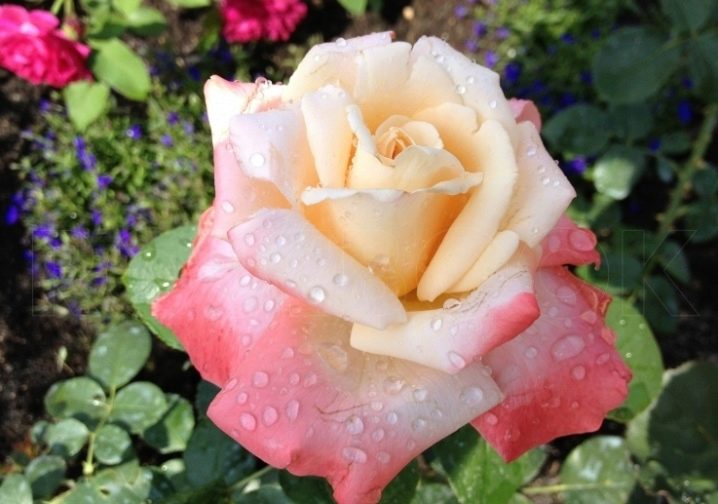
- "Princess of Monaco". A feature of the subspecies is the white-cream color of the petals with lilac edging. The buds do not fully open during flowering, which gives them a charming and romantic look. The bush of the plant is small, strong, the stems are covered with dark green foliage with a slight gloss.
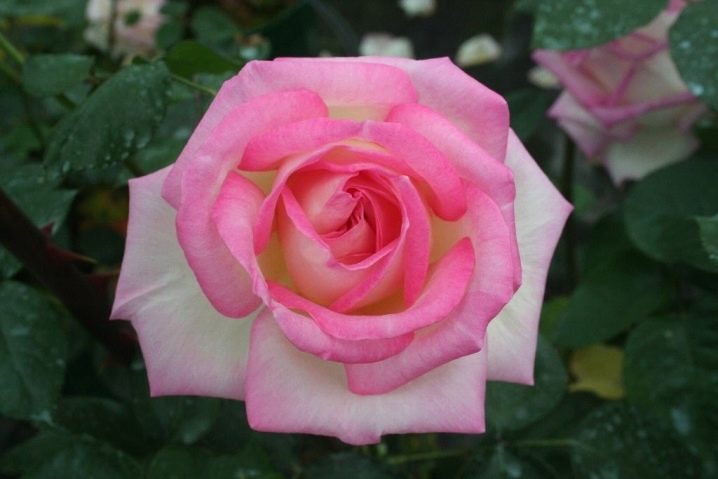
- Osiana. In this variety, flowers, in addition to the main cream shade, may have streaks of pink and white. The shape of the buds is beautiful, the leaves of the rose are bright green and large. The main advantage of the culture is that it is resistant to frost and fungal diseases.
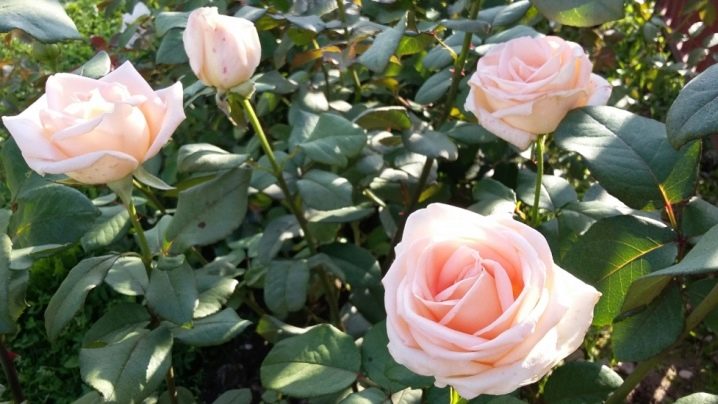
- "Diva". Great for growing in large garden areas, as the plant has large buds and tall bushes. Roses are immune to heat, cold and are practically not susceptible to disease.
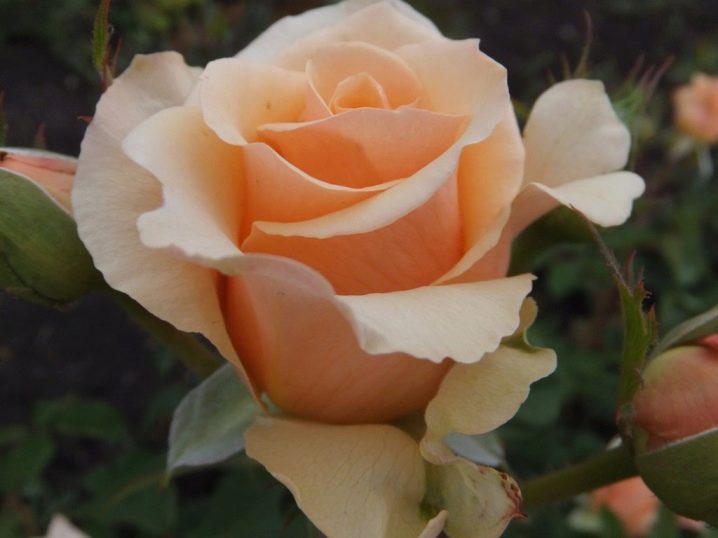
- "Grace". It is one of the varieties of spray varieties. Due to the ideal shape of the buds, sweet aroma and long flowering, this rose is in great demand among many gardeners. The flowers are painted in a delicate apricot shade, the petals are slightly darker at the edges. The bud is dense and has a peculiar shape, it consists of a large number of petals (from 41 to 90). The height of the bush reaches 90 cm, the plant can withstand frosts down to -20 and is resistant to diseases such as black spot and powdery mildew.
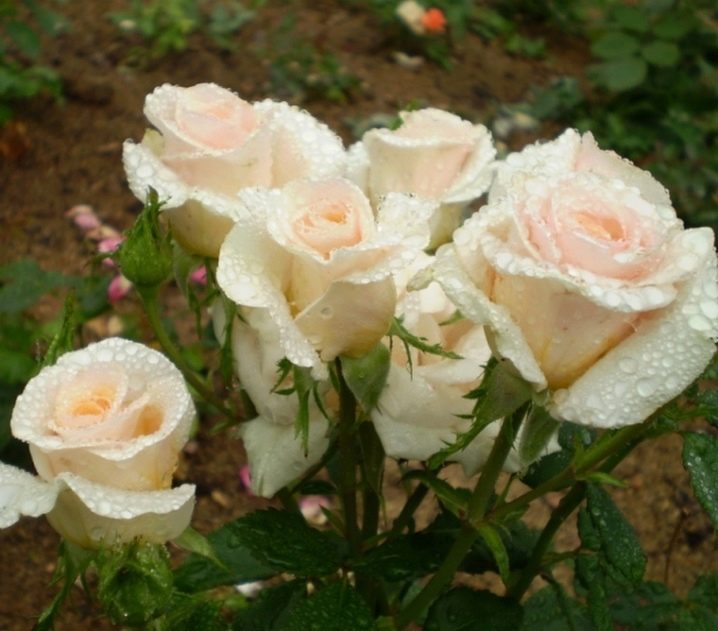
Planting and leaving
In order for cream roses to serve as the main decor in landscape design, they must be properly grown.by providing proper care. This plant can be planted in several ways, most often seedlings, cuttings, layering are used for transplanting, or a bush is divided. At the same time, planting with seedlings is considered the most popular, since the rose takes root faster. Before you start transplanting a seedling, you need to choose the right planting material, giving preference to samples with a powerful root system, without signs of disease.

Autumn is considered the best time for planting roses. Before forming a rosary, it is important to decide on its location. A territory near the house or a terrace is good for this. It is not recommended to plant a plant near fruit bushes and trees, as a shadow will form, which will negatively affect development and can lead to the death of the culture. In addition, the site must be protected from drafts.

Cream roses love fertilized soil, sandy soil is not suitable for growing them. If there is dense and clayey soil on the site, then it must be improved in advance with the help of manure, sod, lime and peat. Fertilization of the soil with phosphorus, nitrogen and potassium compounds will also not hurt, they will increase its acidity. You will have to enrich the site at the beginning of each season and during the development of the plant. For each seedling, a hole is prepared with a diameter and depth of up to 50 cm. It is poured with warm water and the planting is performed.
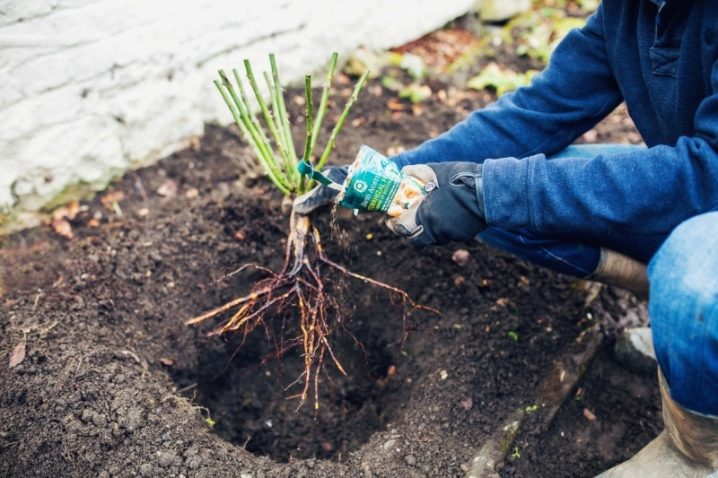
Despite the fact that this type of flowers is unpretentious in care, they still need to ensure timely pruning, watering, feeding, loosening the soil and cleaning weeds. In addition, to prevent diseases and the appearance of pests, preventive treatment of bushes should be periodically carried out. In order for the plant to have a beautiful shape during growth, you need to prune. This is usually done in the spring before the growing season, in the summer when dry buds appear, and in the fall to shorten the stems.
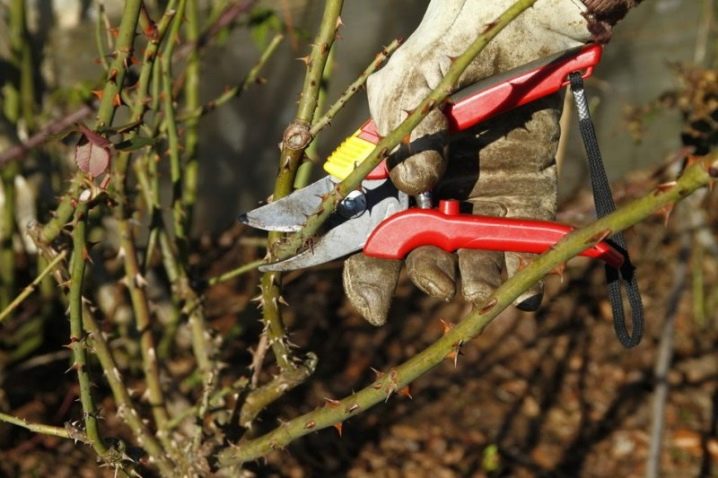
Before the first frost begins, rose bushes must be covered. In November, a special shelter is prepared from the ground, peat and spruce branches. It must be removed before the first buds appear, if this is not done, then the flowers may die. Watering crops should be done sparingly, as excess moisture can cause insects and fungal diseases. To protect roses from pests, their proximity to plants that have a pungent smell will help, therefore, lavender and calendula are often placed on the rose garden.
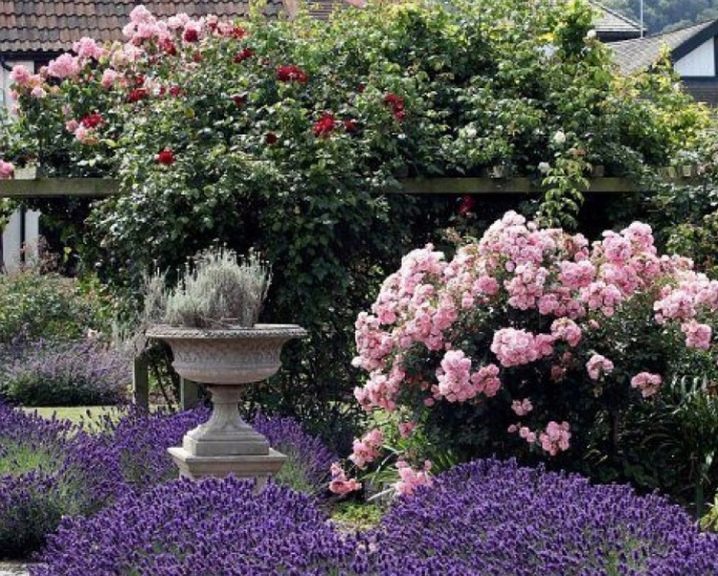
If the summer is very hot, then the bushes should be sprinkled with ash, this will save them from pests. Upon detection of diseased bushes, they are treated with chemicals. To prevent the spread of infection to healthy flowers, diseased stems are cut and burned.
Growing peony roses
Peony roses are considered one of the varieties of cream roses. They are distinguished by an unusual bud shape that resembles a peony. Such flowers are an original addition to any landscape design, as they go well with other varieties of flowers. Growing peony roses is not difficult, but it is important to consider some features.
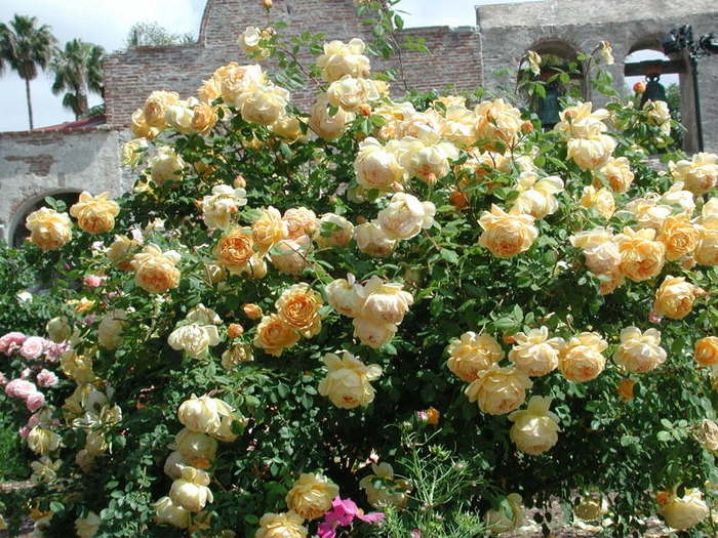
Planting seedlings is usually carried out in the spring, pre-preparing a hole 50 cm deep and 100 cm wide. Regardless of the composition of the soil, a small layer of horse manure must be poured into the hole. In addition, treatment of the root system with agents that stimulate growth will help to improve the survival rate of the seedling. To make a beautiful rose garden on the site, it is recommended to plant the plants at a distance of 50 cm from each other, using the triangle pattern.
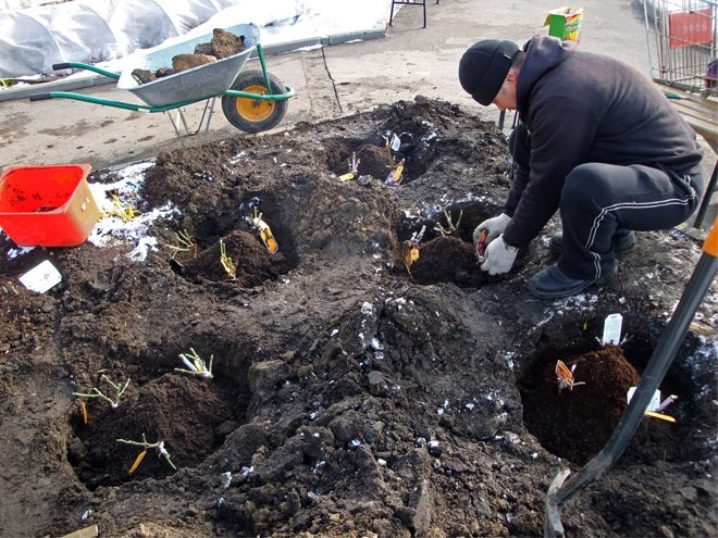
After a successful wintering, the flowers should be fed, fertilizers are applied strictly according to the instructions, otherwise an excess of nutrients can lead to yellowing and foliage falling off. For each variety of peony roses, a separate type of fertilizer is provided. Watering such roses can only be done with warm water when a dry crust appears on the top layer of the soil.Irrigation is performed in the evening, under the root system.
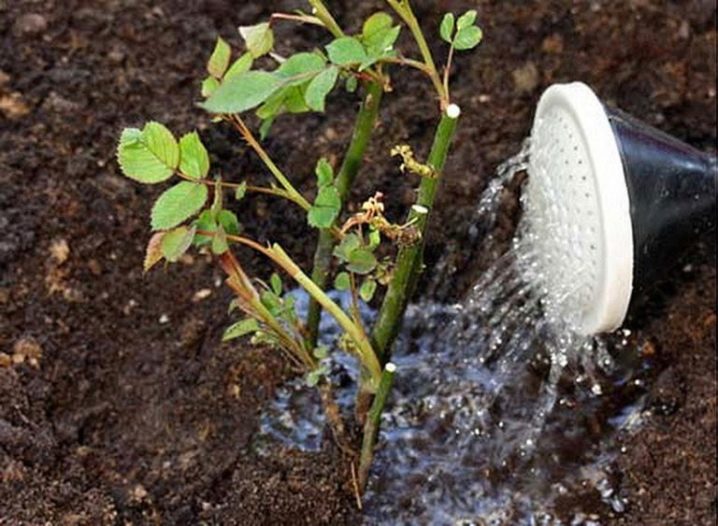
Caring for peony roses also provides for timely pruning. Flowering bushes should be cut to 1/3 of their length. In the fall, the plant is no longer fertilized and prepared for winter. For this, the foliage and branches are cut off, then the shoots are wrapped in straw and mulched with dry foliage. Do not cover roses with foil, as they may die due to lack of air.

As for reproduction, peony roses can be bred in various ways. Gardeners usually use the following types of techniques.
- Cuttings. It is carried out in early autumn, a site for planting is pre-selected, it is well dug up and fertilized with humus. Then the branches are cut in such a way that three leaves remain on them, the two lower leaves are cut off, and the topmost one is left. Prepared cuttings are planted in moistened ground at a distance of 15 cm from each other; one leaf must be left on the surface. After that, the cuttings are covered to protect from frost, you can use cut plastic bottles. In the spring, with the appearance of leaves on the cuttings, they begin to transplant to a permanent site.

- Planting with seeds. This method is rarely used, since it takes more than one year to grow roses. In addition, high-quality material is required for sowing, and the flowering of adult plants can differ significantly from the parent plants.
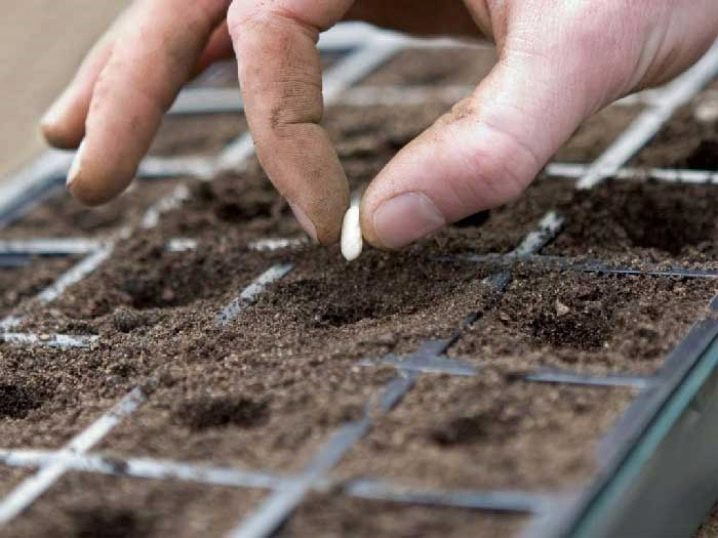
- Reproduction by layering. This method is considered the simplest and is often used by novice gardeners. The disembarkation process is usually carried out in the middle of summer. The site chosen for the temporary planting of the material is dug up, fertilized and layering is prepared. To do this, a small incision is made in the lower part of the branch, and it is attached to the ground using a special bracket, then the soil is poured and watering is performed. The end of the branch is fixed to a support driven into the ground and in the spring it is separated from the bush, planting it in a permanent place in the garden.
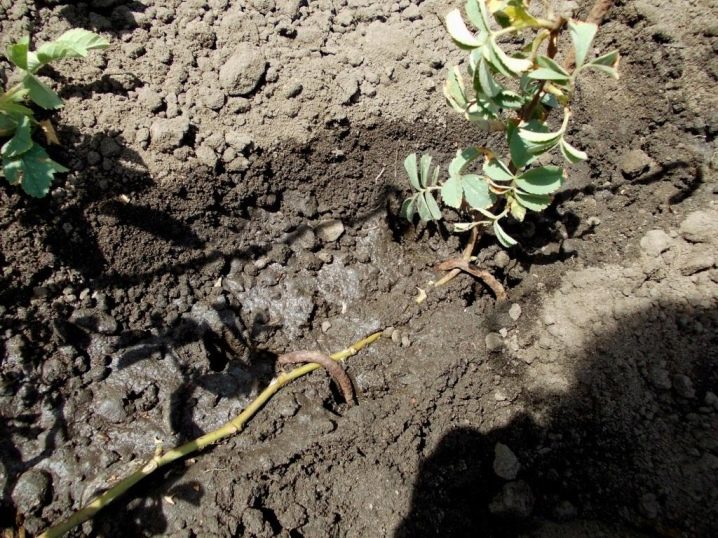
- Budding. This method can only be used by experienced gardeners, since on the trunk of a rose you need to be able to make a T-shaped incision and place a bud of the selected variety in it.

Use in landscape design
Today, there are many options for creating a decorative rose garden on a personal plot using cream roses. "Royal" flowers can be placed in flowerpots, flower beds or form a hedge from them. In large summer cottages, vertical planting of roses looks beautiful.
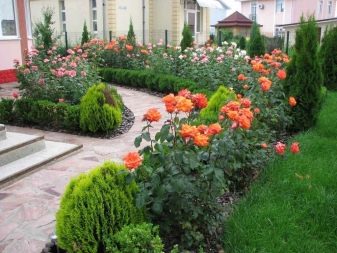

In order for the flowers to harmoniously fit into the overall look of the design, only one variety must be used. In the event that you plan to make long flower beds, it is important to take into account the size of the bushes.
Since cream roses bloom all season long, their unusual color can be supplemented with annuals in other shades. Original compositions can be placed both along the garden paths, and near the hedge or near the house. Such flower beds look interesting in recreation areas, but they need to be decorated with natural stone.
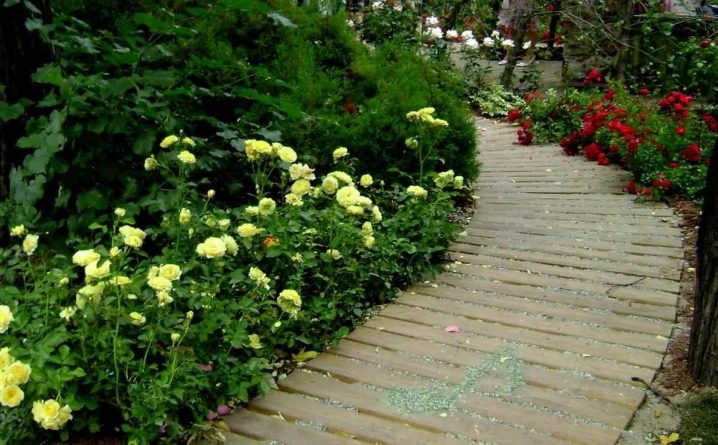
For the best varieties of roses blooming all summer, see the next video.

































































































The comment was sent successfully.